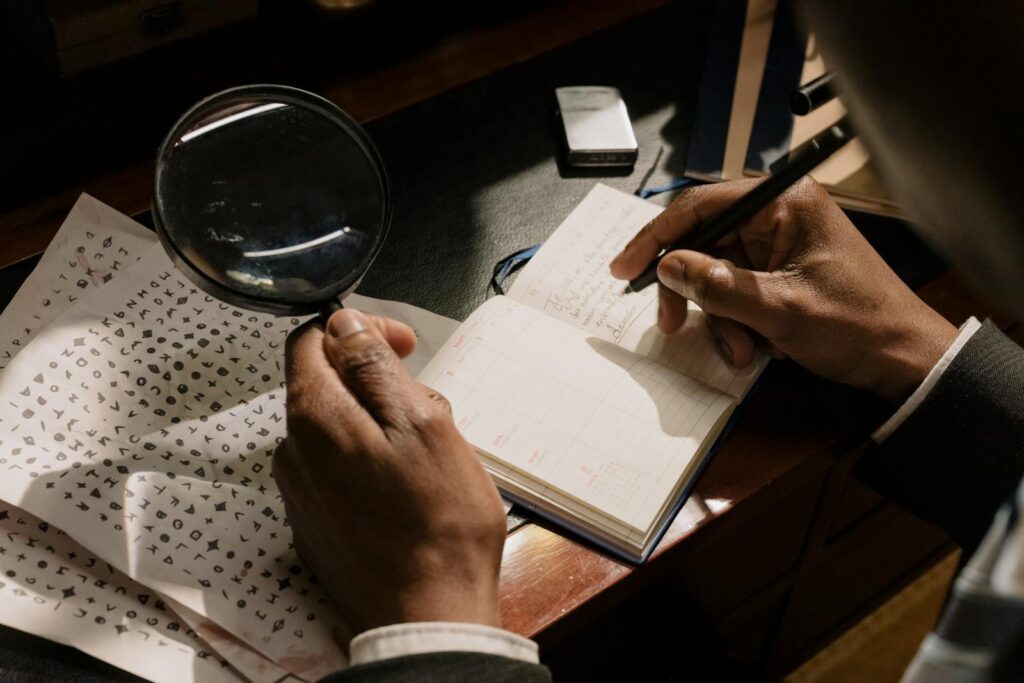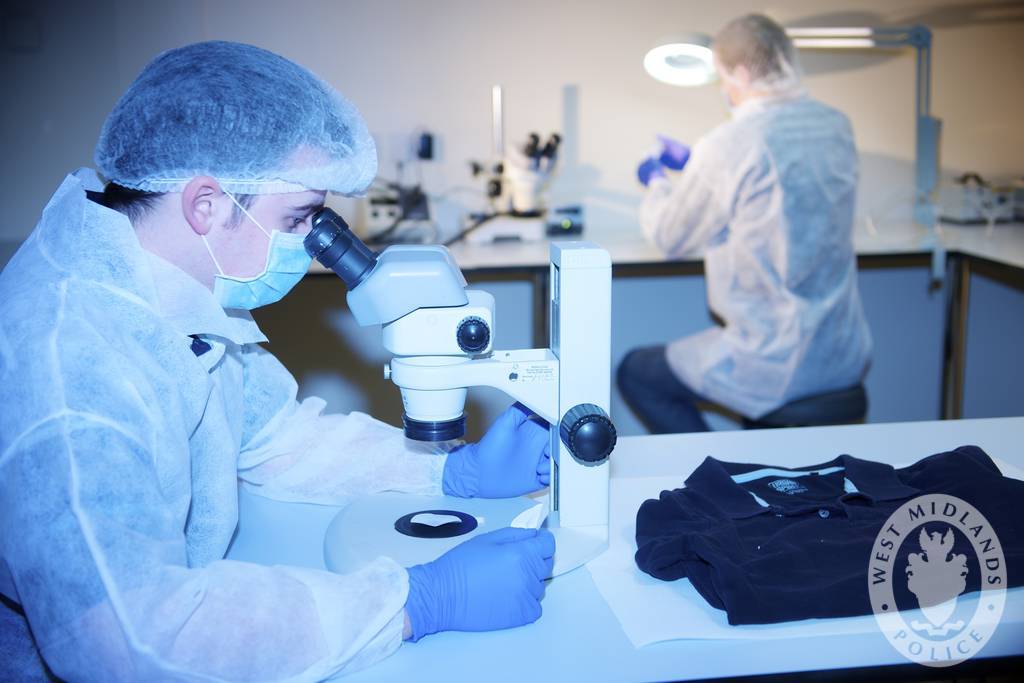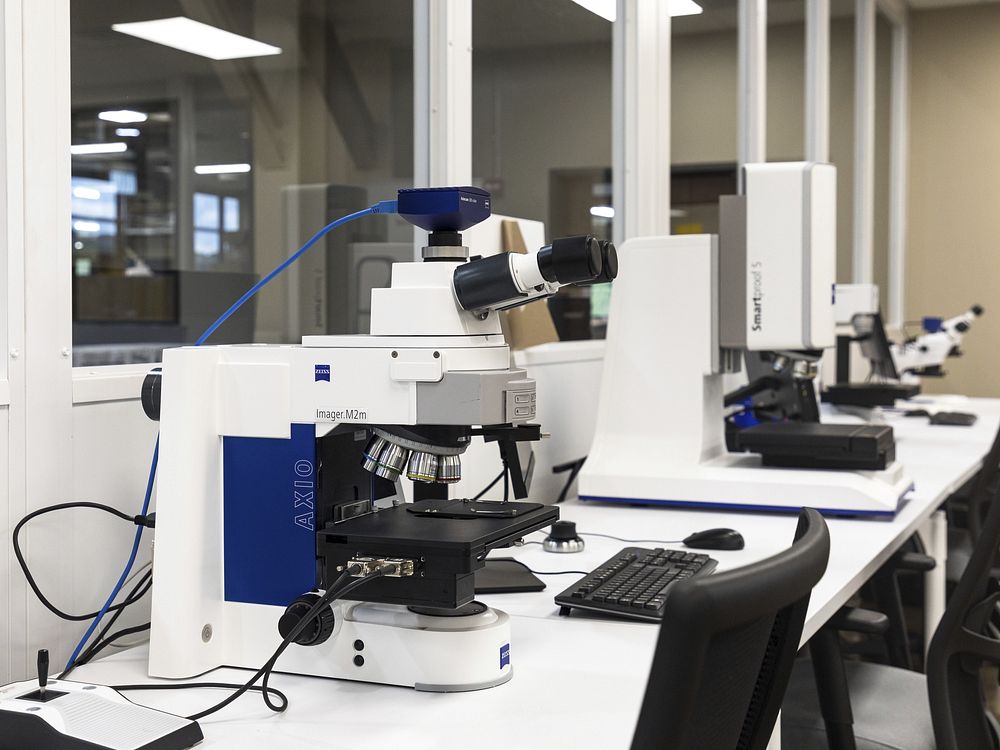Now Reading: Examination of Bones
-
01
Examination of Bones
Examination of Bones
Anatomist, dentist, anthropologist, and radiologist having medico-legal experience may be consulted for the examination of bones. Depending on the completeness of skeletal remains, an option can be given on the following aspects:
- Source, whether human or animal
- Whether bones belong to one or more individuals
- Age
- Sex
- Stature
- Race
- Identity
- Special features
- Cause of death, and
- Time since death
Source, Whether Human Or Animal:
The source can be easily determined from:
- Gross anatomical characteristics
- Microscopic characteristics
- Chemical analysis of Bone ash
When doubt exists, precipitin test may settle the issue. It is necessary to examine the nutrient canals for the presence of red lead or some other stains to exclude the possibility of bones being from the dissection hall.
Belong to more than One Individuals:
Sometimes, a mix up of bones may occur due to more than one person being buried in the same area. This can be determined from the number of bones received for examination, noting the side to which they belong, and checking for their fitting, duplication and morphological similarities. For example, if the skull belongs to a female aged about 20, other parts should also be of a female about that age. Similarly, there can be only one right humerus. However, supernumerary ribs, toes and fingers must be borne in mind. A skeletal chart denoting which bones are present provides a permanent record of what the examiner had available for making his assessment.
When there is comingling of skeletal remains, bones can be segregated by use of short wave ultraviolet light when the bones reflect a variety of colours due to the organic and inorganic elements contained in them. The bones of different persons emit different spectrum. Other methods of detecting comingling include x-ray comparison to trabecular pattern and neutron activation analysis to distinguish the relative mineral contents.
Age:
This can be determined from the state of epiphyses; state of teeth, if present, and lower jaw; calcification of laryngeal and coastal cartilages and hyoid bone; changes in the sacrum; closure of the cranial sutures; parietal thinning; condition of the symphyseal surface of the public bone; changes in the joints; histological examination of teeth and cross-section of mid-shaft area of femur, tibia or fibula.
Sex:
This can be determined from an examination of the pelvic bones, skull, first cervical vertebra, mandible, scapula, clavicle, sternum, ribs, and ball joints of long bones. Recognizable sex differences are present only after puberty.
Stature:
This can be calculated if a long bone such as femur, tibia, humerus, or radius is available in its entirety, using the formulae of Karl Pearson (not generally used now), Dupertius and Hadden, Trotter and Glesser, or multiplication factors devised by Indian workers. The length of the humerus multiplied by five is a rapid method of estimation of height.
Race:
An expert can determine it from an examination of skull, mandible and teeth, pelvis and limb bones.
Identity:
Mal-united fractures, healing fractures or deformities of bone and supernumerary ribs, if present, are helpful. When skull is available, superimposition photography and reconstruction of face may be attempted. An x-ray of any bone, if taken during life, may be compared with an x-ray of the same bone, and may help in identification. Determination of blood group antigens A, B and H from teeth pulp might also help in establishing identity if the blood group is known. It may be possible to obtain material for blood grouping from cancellous bone.
Special Features:
By a meticulous examination of the ends of the long bones, one can determine, if the bones are cut by sharp instruments or sawn through or gnawed through by animals and medulla eaten away. In bones that are gnawed through, spicules of cortical bone will be found depressed into the medullary cavity.
Cause of Death:
This is quite difficult to determine. Sometimes, there may be some clues. Fractures, especially of Skull, hyoid, ribs and other bones should be look for; knife scratches on the cervical vertebral bodies and other bone or joint surfaces, if found, are informative. Foreign body, such as a bullet, when present in a bone is helpful. An opinion on these features however is difficult since the antemortem evidences disappear rapidly after death.
Bones or their charred remains may be subjected to chemical analysis for the detection of metallic poisons, such as arsenic, antimony, lead, as these are not destroyed by heat. Neutron activation analysis technique helps to detect certain poisons in quantities far below the limits of conventional analysis.
Time since Death:
This is quite difficult to estimate. Bodies exposed on the ground maybe skeletonised even in a day if attacked by animals. However, an inference can be made from the following:
In the process of skeletonisation, soft tissues disappear first, then articular cartilage, and finally the ligaments. In case of fracture, examination of the callus after dissecting it longitudinally may give some clue as regards time. Bones are foul smelling and humid in recent cases (about 1-3 months). When they go through putrefaction, they lose organic matter and consequently become light and fragile. Such bones have dark or dark brown colour. The duration for putrefactive changes to take place in the bones varies from 3 years to 10 years, depending on various factors such as the age of the individual, the nature of the soil, and the manner of burial of the individual. Moist, muddy, clayey soil promotes putrefaction. Similarly, if the body is buried without any cover of clothes or coffin, which is quite common in India, the duration for putrefaction would be lesser.
Authors:
Navin Kumar Jaggi
Aashna Suri








